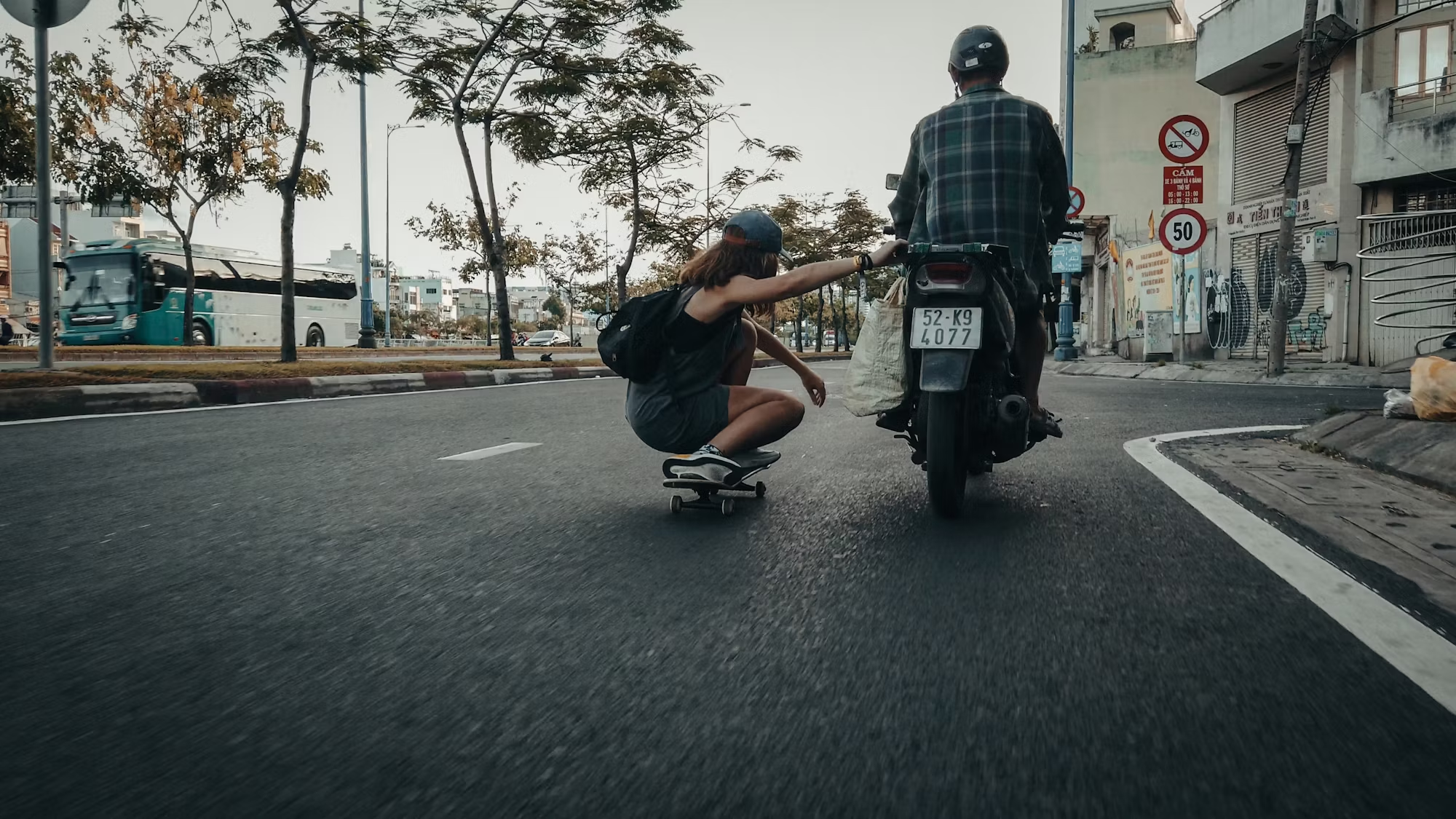Skateboarding Culture: A Journey Through Styles and Community
Skateboarding has evolved from a niche hobby into a global phenomenon, fostering a vibrant culture that celebrates creativity, individuality, and community. With various styles ranging from street to vert, each discipline offers unique techniques and challenges that appeal to different skaters. This article explores the rich tapestry of skateboarding culture, highlighting its diverse styles, the evolution of the sport, and the sense of community that binds skaters together.
The Roots of Skateboarding
Skateboarding originated in the late 1940s and early 1950s, initially serving as a land-based alternative to surfing. Early enthusiasts, primarily surfers, crafted makeshift boards from wooden planks with roller skate wheels, allowing them to mimic surfing moves on pavement. This innovation laid the foundation for a new sport that would gain traction in the coming decades.
By the 1960s, skateboarding began to gain popularity, leading to the first mass-produced skateboards. The sport flourished in California, where skate parks started appearing, providing dedicated spaces for skaters to practice. However, it wasn’t until the 1970s that skateboarding truly began to evolve, introducing a variety of styles that would shape its future.
The Emergence of Different Styles
As skateboarding gained momentum, various styles began to emerge, each emphasizing different techniques and environments. Vert skating, characterized by riding ramps and performing aerial tricks, became a major focus during the late 1970s. Skaters like Tony Hawk and Bob Burnquist pushed the limits of what was possible on a skateboard, inspiring a generation of riders.
Simultaneously, street skateboarding began to take shape, transforming urban landscapes into playgrounds for skaters. This style encourages creativity, as skaters utilize stairs, rails, and curbs to perform tricks. Iconic skaters such as Mark Gonzales and Natas Kaupas brought street skating into the spotlight, showcasing the art of using everyday objects as obstacles for tricks.
The Role of Skateparks
The growth of skateboarding led to the establishment of skateparks in the 1990s, offering dedicated spaces for skaters to practice and compete. These parks often feature ramps, bowls, and various obstacles, accommodating both street and vert styles. Skateparks became social hubs, attracting skaters of all ages and skill levels who share a common passion.
Within skateparks, skaters can hone their skills in a safe environment while engaging with the community. Events and competitions foster a sense of camaraderie, as skaters come together to celebrate their shared love for the sport. The park culture nurtures friendships and mentorship, where seasoned skaters inspire newcomers and help them improve.
Bowl and Pool Riding: A Unique Expression
Bowl and pool riding adds another layer to the skateboarding experience. This style focuses on navigating the curves of bowl-shaped structures or empty swimming pools, emphasizing fluid movements and carving techniques. Riders often experience a sense of freedom, akin to surfing, as they flow through the transitions and execute tricks like airs and grinds.
The bowl skating community appreciates the artistic side of the sport, where each rider’s unique style shines through. The collaborative spirit encourages skaters to share insights and techniques, enriching the overall experience. The combination of technical skill and artistic expression makes bowl riding a captivating discipline within skateboarding.
Freestyle Skateboarding: The Art of Balance
Freestyle skateboarding offers a different perspective, focusing on technical flatland tricks performed on smooth surfaces. This discipline requires exceptional balance and control, as skaters execute intricate maneuvers such as spins, slides, and tricks like the heelflip. The emphasis on creativity and style allows each skater to develop their unique flair.
Freestyle skating often fosters a deep sense of individuality, as skaters practice solo or in small groups, experimenting with new tricks and perfecting their craft. The freestyle community is tight-knit, with members encouraging one another and sharing tips to elevate their skills. This supportive environment nurtures innovation and inspires skaters to push the boundaries of what they can achieve.
Longboarding: A Different Kind of Ride
Longboarding represents a shift in perspective within the skateboarding world, focusing on cruising and carving rather than technical tricks. With longer boards designed for stability and comfort, longboarders enjoy a smooth, leisurely ride that allows them to explore their surroundings. Many longboarders appreciate the freedom and relaxation that comes with cruising, often seeking scenic routes for their rides.
Longboarding encompasses various activities, including downhill riding and slalom racing. Downhill longboarding, in particular, offers an adrenaline-pumping experience as skaters navigate steep hills at high speeds. The sense of control and connection to the environment is a significant draw for longboarders, who relish the thrill of carving through turns and enjoying the beauty of nature.
The Global Skateboarding Community
Skateboarding transcends borders, creating a global community united by passion and creativity. Skaters from diverse backgrounds come together to share their love for the sport, often participating in international events and competitions. This interconnectedness fosters innovation, as skaters exchange techniques, styles, and experiences, enriching the culture as a whole.
The rise of social media has further amplified the skateboarding community, enabling skaters to connect, showcase their skills, and inspire one another. Platforms like Instagram and YouTube have become vital for sharing skateboarding content, allowing individuals to gain recognition and build a following. This digital age has made it easier than ever for aspiring skaters to find mentors and access resources to improve their skills.
Conclusion: A Culture of Creativity and Expression
Skateboarding culture is a vibrant and ever-evolving phenomenon that celebrates diversity, creativity, and community. From its humble beginnings to the myriad styles that define it today, skateboarding continues to inspire individuals worldwide. The sense of belonging within the skateboarding community fosters friendships and encourages personal growth, inviting newcomers to embrace the thrill of riding. Whether you’re a seasoned pro or just starting out, skateboarding offers an endless journey of exploration and expression, inviting everyone to join in the excitement.
